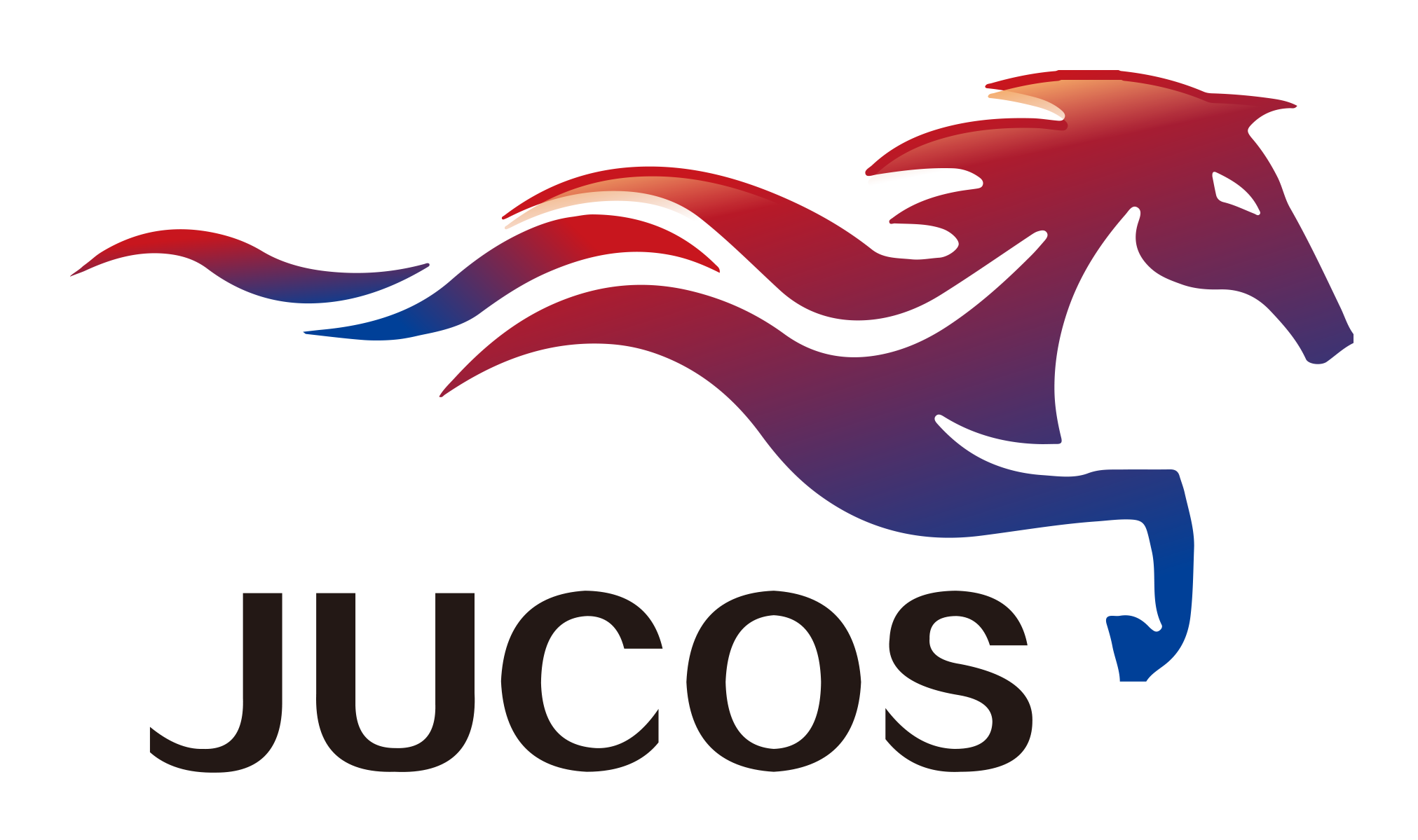The second ancient printmaking process - "etching"
If Mezzotint is a very artistic turning, milling and planing, then etching is the use of metallurgy to create prints.
To put it another way: Mezzotint is a physical change, while etching is a chemical change.
Etching, as the name suggests, corrodes metal plates with corrosive liquid to form nicks, or directly use needles or knives to form nicks, which belong to intaglio.
Although etching and mezzotint belong to the same intaglio, unlike mezzotint, etching is like painting on a white background. The place where the pen (pin or knife) is dropped is the concave part where the ink is retained, and the printed product is a dark color.
Scribing directly on a metal plate with a needle or knife (dry engraving) is a hard hit. Even with the softer copper in the metal plate, even if there is a diamond drill, it is quite laborious to carve by hand, and it is estimated that the hand will be useless soon. Therefore, we would like to thank the pattern makers who invented the optimized etching method using anti-corrosion media.
The method is to coat the plate with anti-corrosion wax (usually made of yellow wax, rosin, asphalt and other acid-resistant materials) to form a layer of anti-corrosion film, then use an engraving needle to paint on the soft wax film, and then place the plate in an acid etching solution. In the middle, the acid solution is "engraved" according to the creator's intention, and where the anti-corrosion film is scraped off by the engraving needle, it is corroded and a groove is formed. The longer the etching time, the deeper the groove. After removing the anti-corrosion film by heating, the plate is formed.
Regardless of the type of engraving, the printing process is the same.
First, use a squeegee to evenly coat the ink on the layout, then use a cloth or paper to wipe off the ink on the convex part, and press the ink into the concave part at the same time
Don't underestimate the wiping ink, the technical content is also quite high, because the cleanliness of the line boundary and the convex ink will affect the brightness effect of the imprint on the paper.
For example, if you want soft shading, the convex ink won't rub off as thoroughly. Because the ink has to be wiped by hand every time it is printed, the distribution of the ink cannot be exactly the same every time, and the author is likely to improvise, so even if the same version is used, the printed product is unique.











